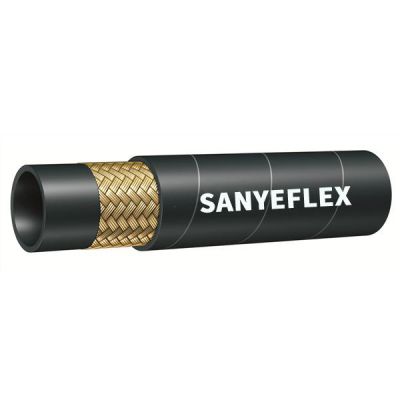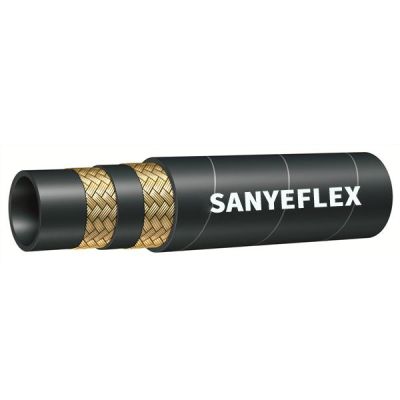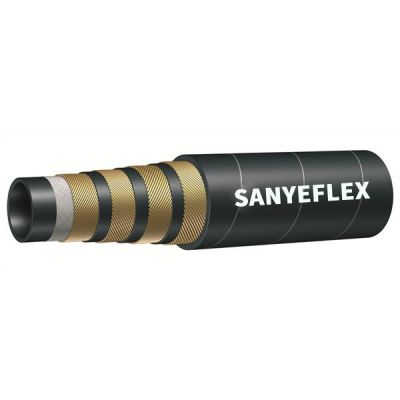Mar. 25, 2024
Dredging plays a crucial role in maintaining waterways, harbors, and ports by removing sediment and debris. In this demanding process, specialized equipment like dredging hoses are essential. This article explores the nature and significance of dredging hoses, delving into their design, applications, and the key considerations involved.
Design and Composition
Dredging hoses are designed to withstand the harsh conditions of dredging operations. They are typically made from a combination of durable materials, including rubber compounds, steel reinforcement, and fabric layers. The construction ensures flexibility, resilience, and resistance to abrasion, making them well-suited for the challenging environments in which dredging occurs.
Key Components
Inner Tube:
The inner tube of a dredging hose is crafted from a rubber compound that can resist the abrasion caused by sand, gravel, and other dredged materials. This layer is crucial for maintaining the integrity of the hose during prolonged use.
Reinforcement Layers:
Dredging hoses feature multiple layers of reinforcement, usually made of high-strength steel cables. These layers enhance the hose's structural integrity, allowing it to withstand the pressure exerted during the dredging process.
Cover:
The outer cover is designed to protect the hose from external elements such as UV rays, weather conditions, and physical damage. It acts as a shield, ensuring the longevity of the dredging hose.
Dredging Operations
The primary application of dredging hoses is in dredging operations. These hoses connect the dredger to the dredge spoil site, allowing the transportation of dredged materials such as sand, silt, and mud.
Land Reclamation
Dredging hoses are also used in land reclamation projects where areas of water are filled to create new land or expand existing territories. The hoses facilitate the transport of dredged materials to the designated sites for reclamation.
In harbors and ports, dredging is necessary to maintain navigational channels. Dredging hoses play a crucial role in this process by enabling the removal and disposal of sediments, ensuring the safe passage of vessels.
Size and Diameter
Choosing the right size and diameter of the dredging hose is crucial to ensure effective material transport. The size should be compatible with the dredging equipment and the specific requirements of the project.
Pressure Rating
The pressure rating of the dredging hose is a critical consideration. It must be capable of withstanding the pressures generated during dredging operations without compromising safety or performance.
Flexibility and Bend Radius
Flexibility and bend radius are essential for the efficient operation of the dredging hose. A hose with adequate flexibility can navigate the contours of the dredging area, reaching the desired locations effectively.
Dredging hoses are indispensable components in dredging operations, serving vital roles in maintaining waterways and supporting various infrastructure projects. Their robust design and specialized features make them reliable tools in the challenging and dynamic environments where dredging occurs.
For high-quality dredging hoses tailored to your project needs, consider reaching out to a reputable supplier. Our team is dedicated to providing top-notch solutions for dredging and related applications. Feel free to contact us for more information on how our dredging hoses can contribute to the success of your projects.
Our Customer
Tel.: +86 400 0318 111
Email: admin@sanyeflex.com
Add.: #218 Zhongke Street, High-tech Zone, Hengshui City, Hebei Province, China



